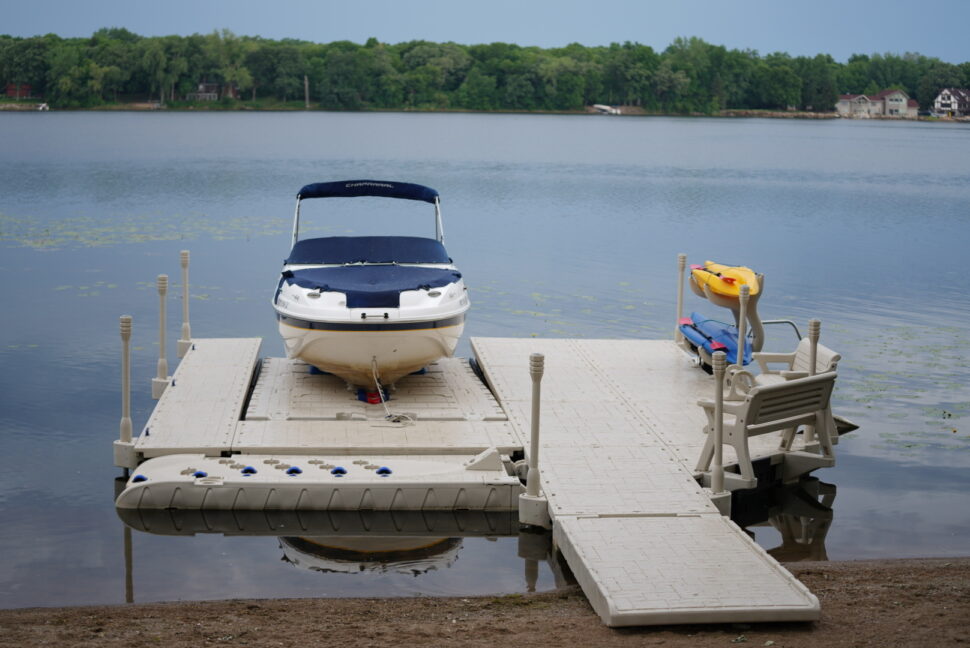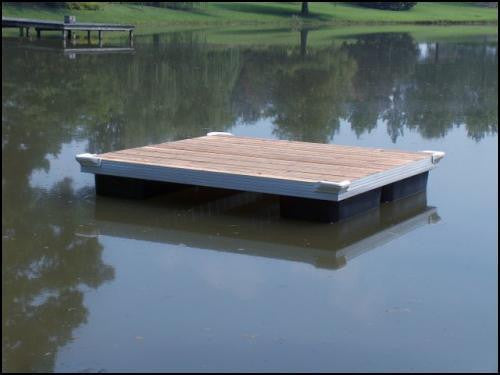Discover the Perfect Floating Dock Builder to Bring Your Waterside Vision to Life
Upgrade Your Waterside With Resilient Floating Docks
Upgrading your waterside with sturdy floating docks can significantly improve both capability and visual appeals, giving a versatile option for numerous water tasks. With a range of materials readily available, consisting of low-maintenance options and conventional timber, picking the right dock can match your individual design and meet functional needs.
Benefits of Floating Docks
Floating docks offer a multitude of benefits that improve their charm for various maritime applications. Unlike typical set docks, floating docks rise and loss with the trend, guaranteeing consistent access for watercrafts and boat regardless of environmental problems.
Furthermore, floating docks are simpler to move and set up, providing adaptability for momentary or seasonal usage. Their modular style enables for customization to fit details requirements, whether for private marinas, residential beachfronts, or industrial applications.
Furthermore, floating docks develop very little disruption to the water environment, protecting local environments and reducing the probability of erosion. They likewise give enhanced security and security for users, as their resilient nature supplies a more flexible surface area than rigid frameworks.
In addition, floating docks can promote a varied range of activities, such as angling, swimming, and entertainment boating, making them an important property for beachfront development. Their flexibility and practicality make floating docks a recommended choice for a variety of marine jobs.
Selecting the Right Products
Picking ideal materials for floating docks is vital to their longevity, performance, and overall efficiency. When selecting materials, think about elements such as ecological exposure, upkeep requirements, and structural integrity. Common products consist of timber, plastic, light weight aluminum, and composite alternatives, each offering distinctive benefits and negative aspects.
Timber, while visually pleasing, needs routine maintenance to stop rot and decay. Pressure-treated wood can boost resilience, but it might still catch water damages gradually. Plastic floats, usually made from high-density polyethylene, are resistant to rust and need very little upkeep, making them an eye-catching selection for low-maintenance applications.
Aluminum is another viable option, understood for its stamina and lightweight homes. It is resistant to rust and can hold up against extreme weather condition conditions, although it might be a lot more expensive than various other materials. Composite products combine the best features of wood and plastic, offering a low-maintenance and durable alternative that resembles the appearance of timber without the connected drawbacks.
Inevitably, the option of material should line up with the intended usage, environmental factors to consider, and budget plan constraints, making certain a functional and durable floating dock that satisfies your details requirements.
Installment Process Overview
The successful installation of a drifting dock relies on cautious planning and execution, ensuring that it runs properly in its designated setting. The very first step entails analyzing site conditions, consisting of water deepness, shoreline attributes, and dominating weather condition patterns, which will notify the dock design and anchoring system.
Following the website assessment, the following phase is to prepare the floating dock elements. This consists of setting up the frame, protecting drifts, and attaching any kind of necessary equipment. It is crucial to make sure that all links are robust and waterproof to endure aquatic problems.
Once the dock is set up, the installment procedure begins with positioning the dock in the water. This can involve a crane or various other training tools, especially for larger frameworks. Correct alignment is necessary for capability and safety.

Maintenance Tips for Durability
Regular upkeep is crucial for making certain the durability and optimal performance of a drifting dock. To accomplish this, begin with regular assessments at the very least two times a year, concentrating on the honesty of the dock's structure, consisting of the flotation tools and linking equipment. Try to find indications of damage, rust, or wear, and attend to any kind of issues promptly to prevent additional deterioration.
Cleansing is an additional important aspect of maintenance. Get rid of particles, algae, and barnacles from the dock's surface area to avoid unsafe problems and maintain aesthetic charm. Make use of a mild detergent and a soft brush to avoid damaging the dock's materials.
Furthermore, make certain that the dock is correctly anchored and protected to hold up against seasonal changes in water levels and weather. Examine the anchoring system for security and make adjustments as required.
Enhancing Your Outside Visual
To develop an aesthetically appealing outdoor area, integrating a drifting dock can significantly improve the general visual of your beachfront building. Floating docks are not only practical however can additionally act as a striking focal point that matches the all-natural environments - floating dock services. Readily available in numerous products and layouts, these docks can be tailored to match your building's view publisher site building design and landscape
The enhancement of attractive components, such as incorporated lights or go to this site fashionable barriers, additionally boosts the dock's aesthetic allure. Take into consideration using natural wood finishes, which blend seamlessly with the environment, or going with modern materials like aluminum or composite outdoor decking that use a smooth, contemporary appearance.
Purposefully putting planters or seating areas on or around the dock can develop welcoming spaces that encourage leisure and pleasure of waterfront sights. In addition, integrating colors and appearances that balance with your landscape will create a natural aesthetic throughout your exterior location.

Verdict

Upgrading your waterfront with sturdy floating docks can significantly improve both functionality and aesthetics, supplying a functional service for numerous water activities. Unlike standard set docks, floating docks surge and fall with the tide, making sure consistent ease of access for watercrafts and boat regardless of environmental problems.Picking suitable materials for floating docks is vital to their durability, performance, and total effectiveness.When the dock is set up, the installment process commences with positioning the dock in the water.In summary, floating docks deal countless benefits, including adaptability to water level modifications and a range of product alternatives.